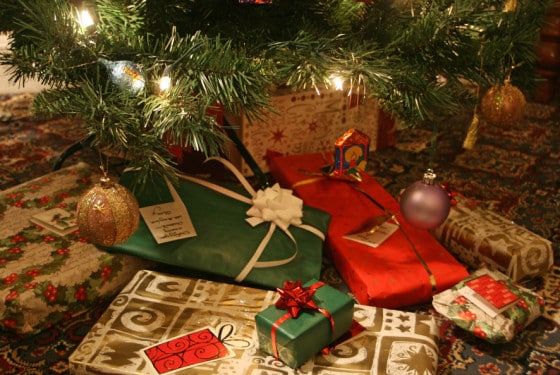
Protect Yourself from Indoor Air Pollution During the Holidays

With the holidays now upon us, it is important you know the dangers posed by indoor air pollution so you can combat the risks. Although indoor air pollution is not a topic most people are likely to bring up while preparing for holiday visitors and guests, it is a subject worthy of discussion.
According to the World Health Organization (WHO), an estimated 4.3 million people die each year as a result of being exposed to air pollution in the home. Many of these occur in third world countries, where people have access to safe heating fuels and proper ventilation, however the potential danger to me and you is very real.
Think about it…between work, meals, and sleep time, Americans spend the majority of their day indoors. Even with all the smog, toxins, chemicals, car exhaust and other pollution you may be exposed to outdoors, indoor air pollution levels are often two to five times worse. So, how can you identify indoor pollution? What methods can you use to improve air quality in your home? How can you make the most of your holidays without causing yourself or your guests unintentional harm?

Sources of Indoor Air Pollution
Before being able to eliminate indoor air pollution, you must first identify it. In many home and office settings, sources of indoor air pollution can be found in paints, furniture, fabrics, cleaners, housing materials and other products. A few of the more common sources include:
- Mold
- Pollen
- Dust mites
- Tobacco smoke
- Pesticides
- Household chemicals
- Fragrant products
- Carbon monoxide
- Radon
- Asbestos
- Formaldehyde
- Lead

Ways to Improve Air Quality in Your Home
Fortunately, even if the air quality in your home is not the greatest, you can still take steps before the holidays to improve it so your house is more welcoming to visitors and guests. You and your family will benefit from improving indoor air quality as well. A few of the quick fixes we recommend are:
- Leave your shoes at the door, and ask guests to do the same. Shoes can track in quite a bit of dust, pollen, chemicals and pesticides.
- Remember to air out your house regularly. Although winter generally bodes colder temperatures, it is essential you keep your house aired out so harmful toxins don’t build up.
- Opt for natural or green cleaning products. Using chemicals to clean your house is ridiculous. You are simply introducing, rather than eliminating, pollution.
- Do regularly dusting and cleaning to avoid dust and mold buildup.
- Keep areas well ventilated so mold is less likely to spread.
- Wash bed linens on a routine basis.
- Avoid lead-based or volatile organic compound (VOC) paints.
- Those who heat their homes with home heating oil should make sure they have some of Biofriendly Corporation’s internationally-recognized Green Plus® liquid catalyst for home heating oil. This product has been government-certified as an effective toxic emission reducer, and it has also been proven to improve boiler fuel economy.
- Use an effective vacuum cleaner that will suck up dust and other household toxins. Don’t forget to vacuum drapes, upholstered furniture and around the edges of rooms as well.
- Mop your floors with all natural flood cleaners. You can either buy green options, or make some DIY cleaners. A simple recipe includes a gallon of hot water, 3/4 cup of olive oil and 1/2 cup lemon juice.
- Clean out your air filters regularly.
- Decorate with pine cones, leaves, branches, berries and other natural materials to avoid covering your home in products with chemicals already in their makeup. You can also use battery-operated or non-toxic candles.
- Avoid store-bought air fresheners. Make your own holiday smells by baking, making meals for family and friends, and even allowing natural ingredients (of your choice) to simmer on the stove.
- Add some plants into your home. NASA studies indicate certain indoor plants can improve air quality by absorbing pollution and harmful compounds. LiveScience lists some of the most effective plants at purifying your home may be spider plants, English ivy, aloe vera, Boston ferns and peace lilies. Many of these will also be a beautiful addition to your holiday decorations.
Making the Most of Your Holidays
The holidays are supposed to be a joyous time, when we enjoy the company of family and friends. It is also the time of year when we celebrate the joys of giving. To make of most of your holidays, be sure you are not unnecessarily exposing yourself and others to harmful toxins and chemicals. Keep your family healthy and safe this holiday season!
Holiday decorations image by Cliff, kitchen image by Aaron Headly, and Christmas wreath image by Andrew Malone via Flickr Creative Commons license.



Post a comment